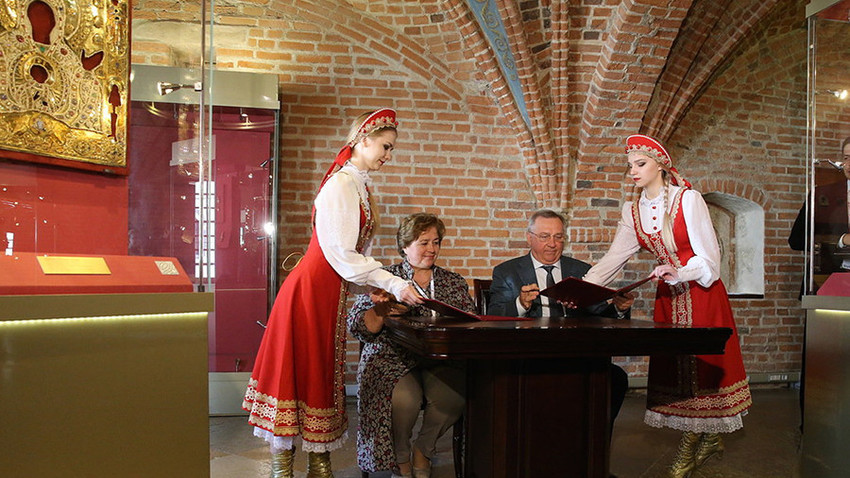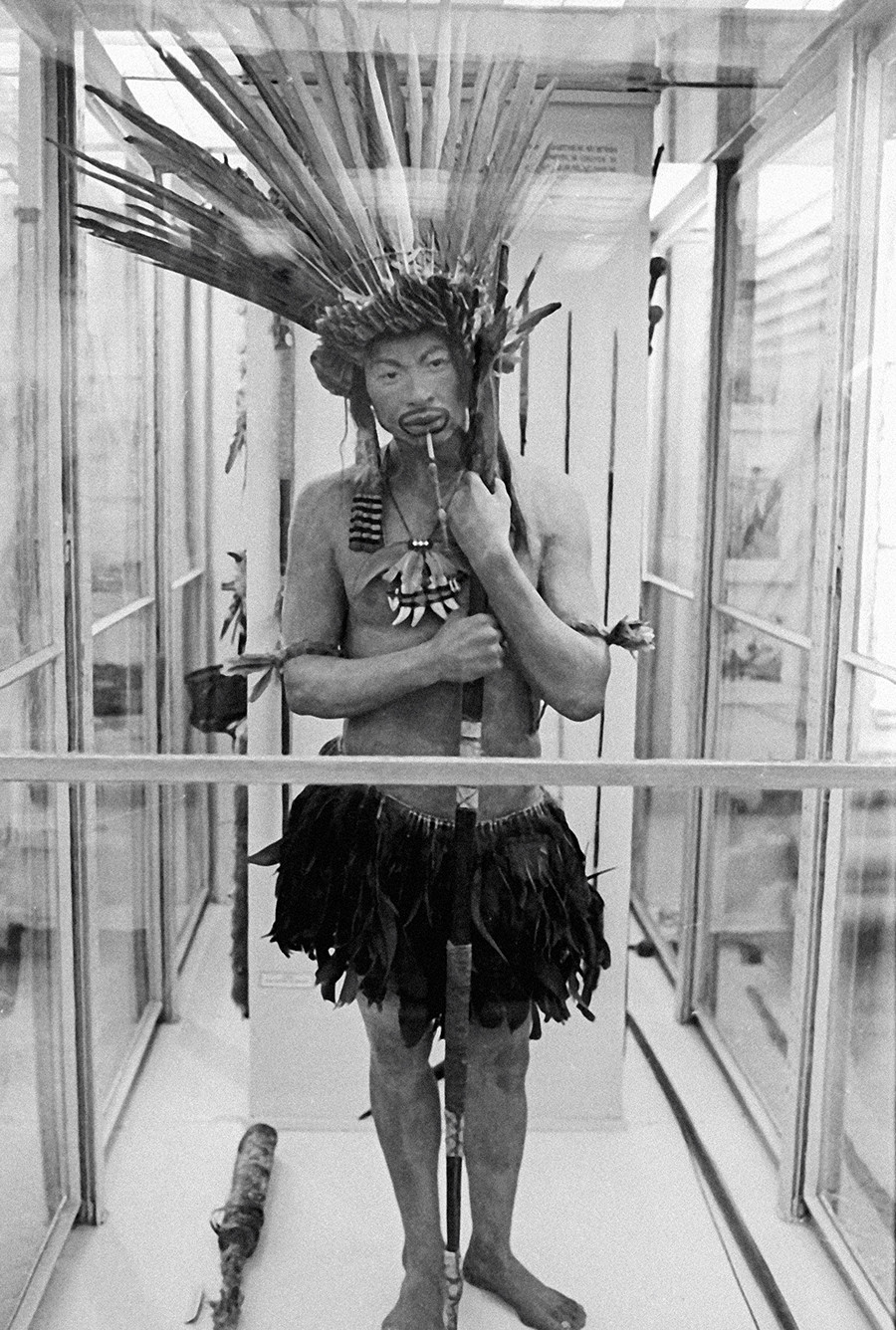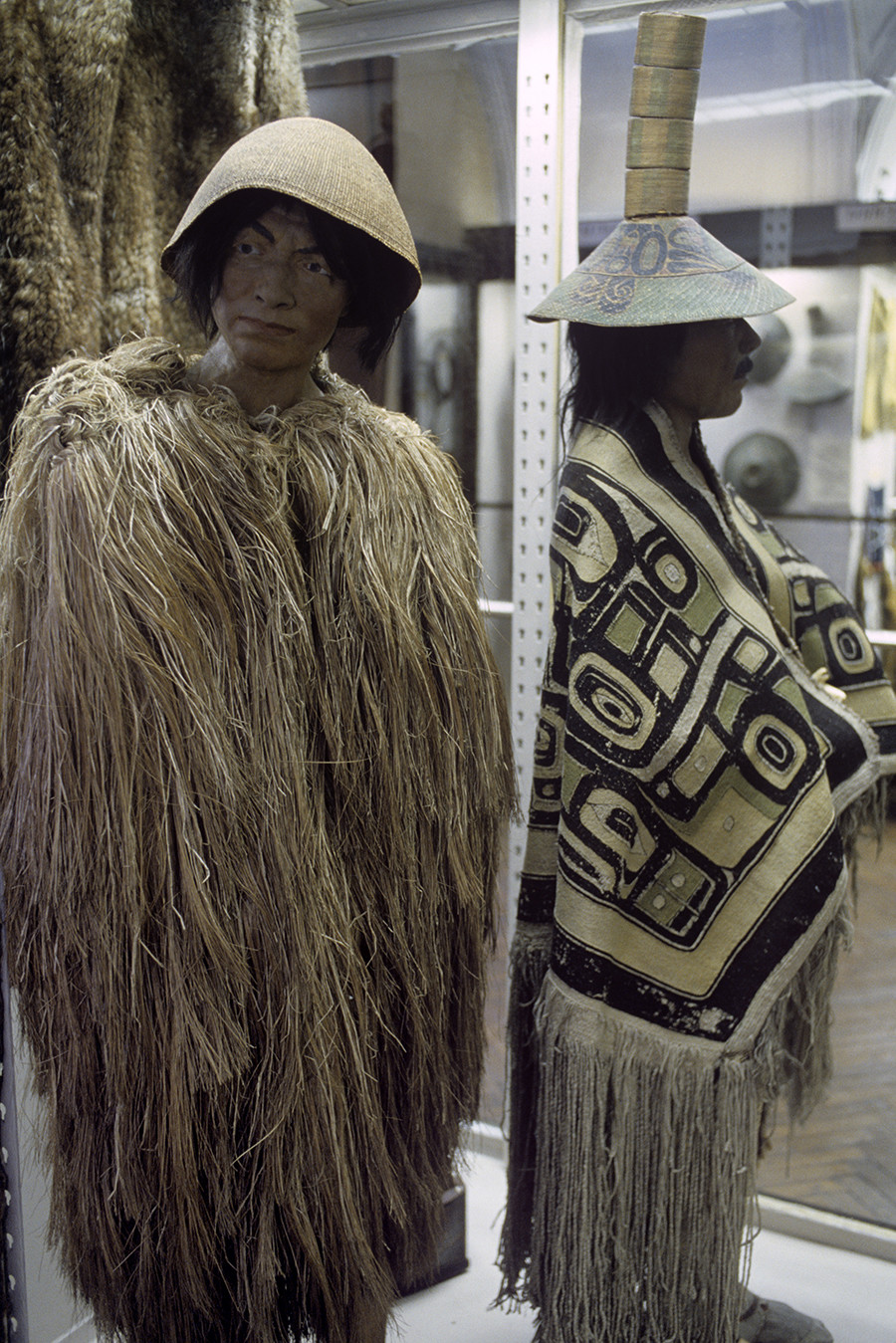Why does a Californian tribe pray in a St. Petersburg museum?

Fort Ross Dialogue.
Press PhotoIn Russia and the U.S. people
In addition, almost no one is aware that the American people expressed their gratitude to Russia for helping preserve the nation by enthusiastically receiving Grand Duke Alexander Alexeevich, son of Emperor Alexander II, during his four-month journey to the U.S. in 1871-1872.
These and many other
The forum was held for the first time in California, where Russia’s southernmost settlement, Fort Ross, once stood. Today, it’s a museum and park, located on the edge of a cliff overlooking the Pacific Ocean. Since 2017, the Fort Ross Dialogue has been held in Russia
“It is very important to study our common heritage and it’s necessary to make it as accessible as possible for citizens of both countries,” said Transneft president Nikolai Tokarev in his welcoming speech. Transneft, along with the American-Russian Chevron Oil and Gas Corporation and Sovcomflot,
Echoes of the
Director of the Museum of Russian Art in Minneapolis, Minnesota Vladimir von Tsurikov, however, did not have time for jokes: “After the end of the Cold War, the U.S. decreased its budget for studying the Russian language and for training specialists on Russia. Cultural exchange programs that existed during the Cold War are being
Why is a St. Petersburg museum a place of pilgrimage for Native Americans?
Participants of the conference were shown unique historical documents and told very touching stories. Here is one of them.
The Kunstkamera Museum in St. Petersburg has become a place of pilgrimage for members of the Kashia tribe, who once lived on the lands where Fort Ross stood between 1812 and 1841. They visit St. Petersburg in order to pay homage to the household items that were once used by their ancestors

Figurine of Bororo tribe on display at the Peter the Great Museum of Anthropology and Ethnography (Kunstkamera) of Russia's Academy of Sciences.
Sputnik“We had never seen such visitors before,” says Kunstkamera deputy director Yulia Kupina about the Kashia’s first visit in 2012. “They treated the exhibits as if they were spiritual objects. They prayed to them, and performed rituals.”

Native Americans wearing cloaks made of hay (left) and vegetable fibers. The 19th century. Showpiece of the Peter the Great Museum of Anthropology and Ethnography (Kunstkamera) of Russia's Academy of Sciences.
Vsevolod Tarasevich/SputnikThat visit inspired museum experts and the descendants of the ancient culture to create a scientific
It was amazing how the lips of Kashia tribe representative, Pinola Billyrene, trembled and her voice broke when she studied the
If using any of Russia Beyond's content, partly or in full, always provide an active hyperlink to the original material.
Subscribe
to our newsletter!
Get the week's best stories straight to your inbox